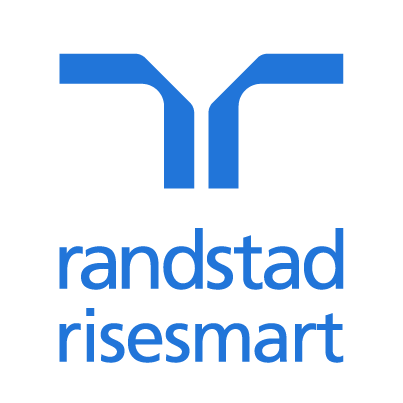Lexicographer Ben Zimmer, appearing on a 2009 National Public Radio broadcast in the U.S., gives credit to Benjamin Franklin, a noted champion of personal motivation and persistence. In his 1758 essay, "The Way to Wealth," Franklin argued, "by diligence shall we do more with less perplexity. Sloth makes all things difficult, but industry all easy."
Employees may beg to differ. For them, diligent and industrious effort is unlikely to make doing more any less perplexing or easier. As a result, far from rallying recession-weary troops, this refrain often evokes skepticism.
The reaction is understandable. In many companies, "doing more with less" is a shorthand expression for continually raising the bar on goals and expectations. It means that management is going to want you to work longer hours or accomplish more in the same amount of time. And because management is watching costs, you will likely not be given what you need to do the job well.
It's frustrating, especially to employees who are highly engaged and want to deliver results. These employees commonly respond by soldiering on, despite feeling overworked and overburdened.
To get the most from their teams, managers can't focus solely on motivating employees. They also need to ensure that roles and work environments allow employees to channel their extra efforts productively. That is, the current emphasis on engaging employees has to be matched with a similar commitment to enabling them.
Want to draw more productivity out of fewer resources? Here are six performance barriers to examine and suggestions for fixing them:
Performance management. We're all good at handing out work, but we're not so great at helping employees prioritise tasks or at pulling away nonessential work. Fix: Tell pressured employees which tasks are the most critical, have the greatest impact on the organisation, should be done first or absolutely must be done. Don't make them struggle to determine that on their own.
Authority and empowerment. If you think you're empowering your employees by stepping completely out of their way, you could be wrong. The absence of boundaries is not empowering; it's limiting. Employees who don't understand how far their authority reaches will be fearful of overstepping it. Fix: Clarify the scope of employees' authority. With "specific freedom to act," employees can make decisions without worrying about going too far.
Work structure/processes. They're meant to help employees accomplish their routine work as efficiently as possible. But as business conditions change, work processes might not work anymore. Fix: Since efficient execution is only helpful if directed at the right targets, evaluate work processes regularly to ensure that they're aligned with changing work demands.
Resources. Managers might believe there's nothing they can do to increase the resources available to their employees. And while their hands might be tied on the size of the budget or the staff, there's plenty of leeway elsewhere. Fix: Fill staff vacancies as soon as possible so you make use of all allocated positions. Cross-train employees so they can cover for each other to minimise the impact of absences. And, finally, evaluate whether you have the right people on your team and are focusing them on doing the right things.
Training. Organisations tend to emphasise training for new hires and those who are changing roles. Too often, they overlook the value of ongoing training for all employees. Your organisation is changing and evolving. Without training, employees will not have the skills they need to keep up with changing work demands. Fix: Remember that the skills and knowledge that made an employee successful in the past might not be what makes him or her successful today. Treat training as a continual process.
Collaboration. In environments where it's all a manager can do to meet his or her own department's goals, it's hard to focus on bigger, companywide needs or helping another team. But concentrating and focusing only on the goals of your own team robs the organisation of the effort it needs to reach its broader objectives. Fix: Encourage your organisation's leaders and managers to wear their "enterprise hats" and to keep a collaborative perspective.
The need to get the most out of every resource is an organisational reality that is unlikely to change. But after years of looking to motivation for solutions, many organisations have squeezed the last drop of juice from that particular piece of fruit. Armed with an enablement perspective, "doing more with less" has a new meaning. Instead of emphasising what employees need to do to help organisations accomplish more with fewer resources, the enablement view shifts the focus to how managers and leaders need to respond. In this context, "doing more with less" involves unleashing the full potential of frustrated employees-those who want to give their best but can't due to organisational barriers and constraints. Organisations can do more with less simply by not leaving so much untapped performance on the table.
Mark Royal and Tom Agnew are leaders in Hay Group's employee research division and the co-authors of the new book, The Enemy of Engagement: Put an End to Workplace Frustration - and Get the Most from Your Employees.










